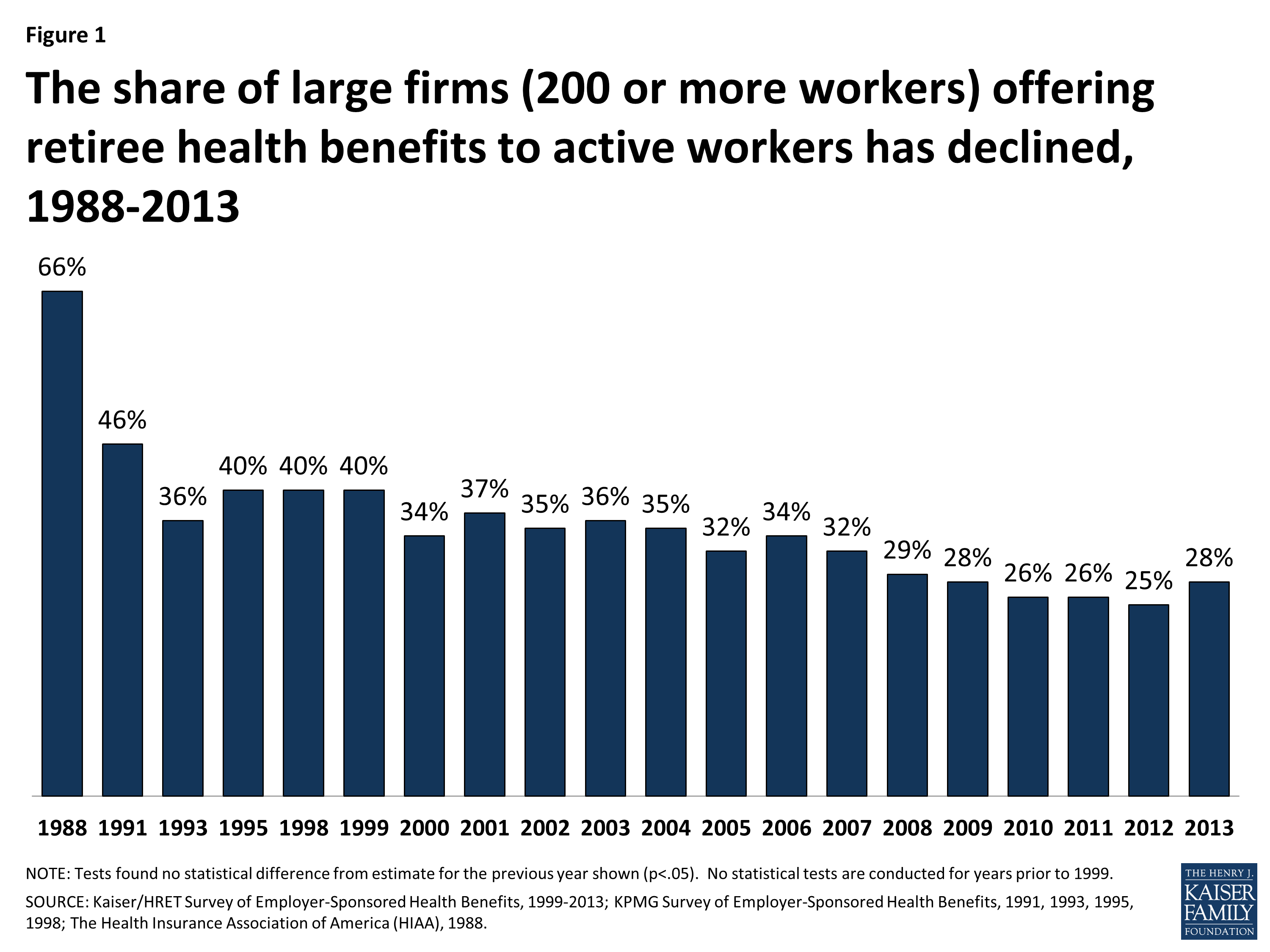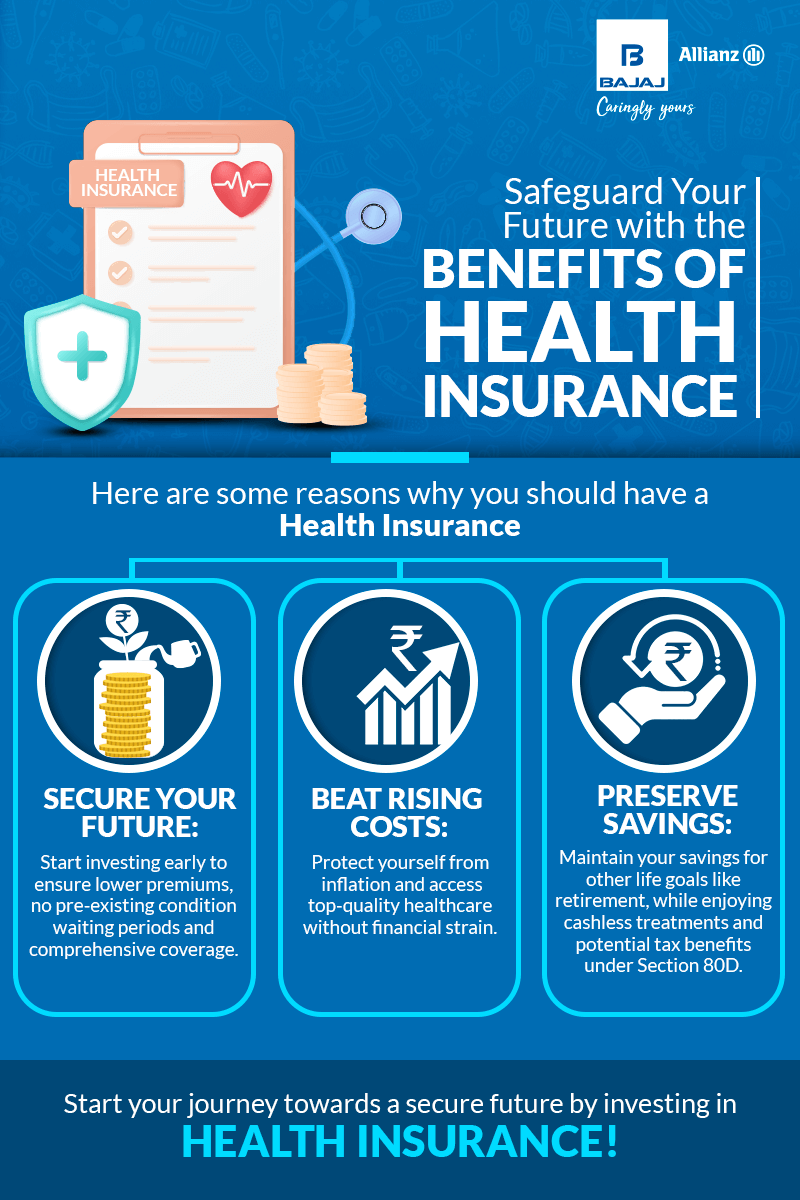Our Medicare Advantage Agent Statements
Our Medicare Advantage Agent Statements
Blog Article
Medicare Advantage Agent Things To Know Before You Get This
Table of ContentsThe Of Medicare Advantage AgentThe Basic Principles Of Medicare Advantage Agent Some Known Details About Medicare Advantage Agent

complies with from perplexing the fairly young age account of the without insurance with the far better wellness, on average, of more youthful individuals. This covers the web link between health and wellness status and wellness insurance. For those without accessibility to workplace health and wellness insurance policy, bad health and wellness is a possible barrier to buying nongroup protection due to the fact that such insurance coverage may be very valued, exclude preexisting conditions, or be just unavailable. The variety of without insurance Americans is not specifically big and has not changed recently. Seven out of 10 respondents in an across the country depictive study assumed that fewer Americans did not have health insurance than in fact do(Fronstin, 1998). About half(47 percent )thought that the variety of people without health and wellness insurance decreased or stayed continuous over the last fifty percent of the last years(Blendon et al., 1999). This drop of nearly 2 million in the variety of individuals 'without insurance (a decrease
of about 4 percent)is certainly a positive change. With a softer economic climate in 2000 the current reported gains in insurance policy protection may not continue(Fronstin, 2001 ). The decline in the number of uninsured will not continue if the economic situation continues to be slow-moving and healthcare expenses remain to outpace inflation. This is due to the fact that the information were accumulated for a period of strong economic efficiency. Of the approximated 42 million individuals who were uninsured, just about about 420,000(concerning 1 percent)were under 65 years of age, the age at which most Americans end up being qualified for Medicare; 32 million were grownups in between ages 18 and 65, around 19 percent of all grownups in this age; and 10 million were kids under 18 years old, regarding 13.9 percent of all kids (Mills, 2000). These price quotes of the number of individuals without insurance are generated from the annual March Supplement to the Current Population Survey (CPS), performed by the Census Bureau. Unless otherwise kept in mind, nationwide quotes of people without medical insurance and proportions of the populace with different kinds of coverage are based on the CPS, one of the most commonly utilized resource of price quotes of insurance policy protection and uninsurance rates. These surveys and the quotes they produce are explained briefly in Table B. 1 in Appendix B - Medicare Advantage Agent. These surveys differ in size and tasting methods, the inquiries that are inquired about insurance coverage
The Greatest Guide To Medicare Advantage Agent
protection, and the moment duration over which insurance coverage or uninsurance is gauged(Lewis et al., 1998, Fronstin, 2000a ). Still, the CPS is particularly helpful due to the fact that it generates annual price quotes fairly swiftly, reporting the previous year's insurance coverage estimates each September, and since it is the basis for a constant set of quotes for greater than twenty years, allowing for evaluation of patterns in protection over time.

Medicare Advantage Agent Fundamentals Explained
Over a three-year duration beginning early in 1993, 72 million people, 29 percent of the U.S. populace, were without insurance coverage for at the very least one month. Within a single year(1994), 53 million individuals experienced at the very least a month without coverage(Bennefield, 1998a). 6 out of every ten without insurance adults are themselves utilized. Functioning does improve the probability that one and one's family participants will certainly have insurance policy, it is not a warranty. Even members of families with 2 full-time wage income earners have practically a one-in-ten chance of being without insurance (9.1 percent uninsured price)(Hoffman and Pohl, 2000 ). The partnership between medical insurance and accessibility to care is well established, as documented later in this phase. The connection between health insurance coverage and health and wellness end results is neither straight nor straightforward, a considerable medical and health solutions study literature web links health insurance protection
to improved better accessibility care, better far better, and improved enhanced and population health wellnessStanding The second record, on personal wellness outcomes for uninsured grownups, is stood for by the inner circle of the number, while the third report, on family members well-being, includes the topics of the 2nd record yet stresses a various system of evaluation, particularly, the family. The 6th record in the collection will present details about approaches and campaigns undertaken in your area, statewide, or country wide to address the lack of insurance coverage and its negative influences. Degrees of analysis for taking a look at the results of uninsurance. This conversation of medical insurance protection concentrates largely on the U.S. populace under age 65 since basically all Americans 65 and older have Medicare or other public coverage.
It focuses particularly on those without any type of wellness insurance policy for any type of length of time. The troubles dealt with by the underinsured remain in some aspects similar to those dealt with by the without insurance, although they are generally less serious. Uninsurance and underinsurance, however, include clearly different plan issues, and the approaches for resolving them may differ. Throughout this study and the 5 records to adhere to, the primary emphasis gets on persons without medical insurance and hence no assistance in spending for health treatment past what is available with charity and safety web institutions. Wellness insurance policy is an effective aspect influencing receipt of care because both individuals and doctors reply to the out-of-pocket price of solutions. Medical insurance, nonetheless, is neither required neither adequate to get to clinical services. The independent and direct effect of wellness
insurance coverage protection access to health services solutions well establishedDeveloped Others will get the healthcare they require even without medical insurance, by spending for it expense or seeking it from carriers who provide treatment free or at very subsidized prices. For still others, medical insurance alone does not guarantee receipt of discover this info here treatment due to various other nonfinancial barriers, such as an absence of healthcare companies in their neighborhood, restricted accessibility to transport, illiteracy, or linguistic and cultural differences. Formal research study regarding without insurance populaces in the USA dates to the late 1920s and very early 1930s when the Committee on the Price of Treatment produced a series of reports concerning funding physician office visits and hospitalizations. This concern came to be prominent as the numbers of clinically indigent climbed up during the Great Clinical depression. Empirical researches continually sustain the link in between access to care and improved wellness outcomes(Bindman et al., 1995; Starfield, 1995 ). Having a regular source of care can be thought about a forecaster of access, as opposed to a straight step of it, when wellness results are themselves used as accessibility indications. This extension of the notion of accessibility measurement was made by the IOM Board on Checking Access to Personal Health Treatment Provider(Millman, 1993, p. Whether parents are insured appears to impact whether check over here or not their kids receive care in addition to just how much careeven if the youngsters themselves have insurance coverage(Hanson, 1998). The health of moms and dads can impact their capacity to care for their kids and the level of household stress. Bothering with their kids's access to care is itself a source of tension for moms and dads. 3 chapters adhere to in this report. Chapter 2 offers an introduction of exactly how employment-based wellness insurance, public programs and individual insurance coverage plans operate and engage to supply comprehensive but incomplete protection of the U.S. population. This consists of a review of historical patterns and public laws affecting both public and private insurance policy, a discussion of the interactions among the different sorts of insurance policy, and an exam of why individuals relocate from one program to another or finish up
Report this page